Government Incentives and Support
Government incentives and support play a crucial role in the growth of the Redox Flow Battery Market. Many governments are implementing policies aimed at promoting energy storage technologies as part of their broader energy transition strategies. Financial incentives, such as tax credits and grants, are being offered to encourage the deployment of energy storage systems, including redox flow batteries. This support not only reduces the initial investment costs but also fosters innovation within the industry. As a result, the market is likely to witness an influx of new projects and installations, further solidifying the position of redox flow batteries in the energy landscape.
Enhanced Energy Storage Capabilities
The Redox Flow Battery Market is propelled by the need for enhanced energy storage capabilities. Unlike traditional batteries, redox flow batteries can store energy in liquid electrolytes, allowing for greater flexibility in energy management. This characteristic is particularly beneficial for balancing supply and demand in energy systems. As energy consumption patterns evolve, the ability to store large amounts of energy for extended periods becomes increasingly critical. Market analysis suggests that the capacity of redox flow batteries to provide long-duration energy storage could lead to a substantial increase in their adoption across various sectors, including commercial and industrial applications.
Technological Innovations and Cost Reductions
Technological innovations and cost reductions are transforming the Redox Flow Battery Market. Advances in materials science and engineering are leading to more efficient and cost-effective battery designs. As production techniques improve, the overall cost of redox flow batteries is expected to decline, making them more accessible for various applications. Recent studies indicate that the levelized cost of energy storage from redox flow batteries is becoming increasingly competitive with other storage technologies. This trend may encourage wider adoption across different sectors, including residential, commercial, and utility-scale applications, thereby expanding the market for redox flow batteries.
Increasing Adoption of Renewable Energy Sources
The rising emphasis on renewable energy sources, such as solar and wind, is a pivotal driver for the Redox Flow Battery Market. As countries strive to meet ambitious carbon reduction targets, the integration of energy storage solutions becomes essential. Redox flow batteries offer a unique advantage due to their scalability and long cycle life, making them suitable for large-scale renewable energy applications. According to recent data, the energy storage market is projected to grow significantly, with redox flow batteries expected to capture a notable share. This trend indicates a shift towards sustainable energy solutions, thereby enhancing the demand for redox flow batteries as a reliable storage option.
Rising Demand for Grid Stability and Resilience
The increasing demand for grid stability and resilience is a significant driver for the Redox Flow Battery Market. As energy grids face challenges from fluctuating energy sources and extreme weather events, the need for reliable energy storage solutions becomes paramount. Redox flow batteries can provide essential services such as frequency regulation and peak shaving, which are vital for maintaining grid stability. Market trends indicate that utilities are increasingly investing in energy storage technologies to enhance grid reliability. This trend suggests a growing recognition of the role that redox flow batteries can play in ensuring a stable and resilient energy infrastructure.


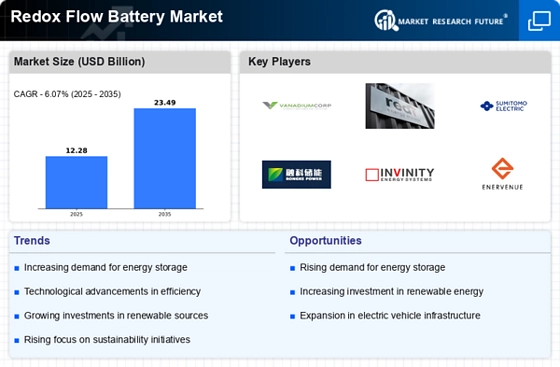
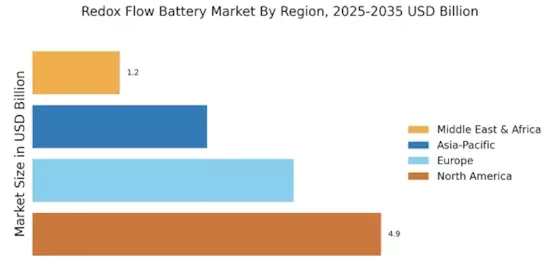

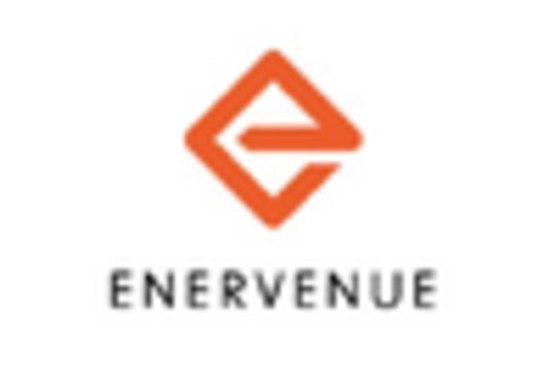

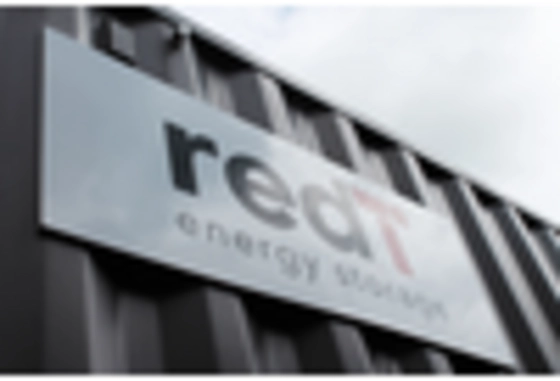

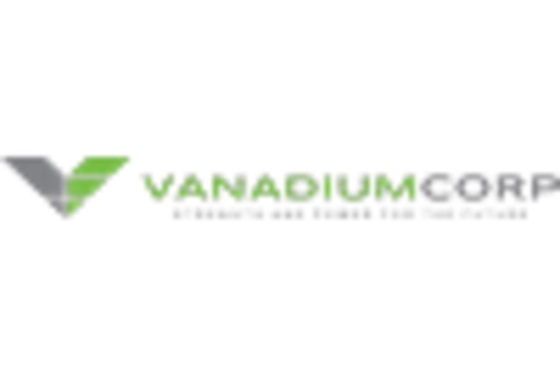








Leave a Comment